«Madonna della Rosa» has several authors
The mystery of Raphael's masterpiece may have been solved with the help of artificial intelligence. The algorithm concludes that most of the Madonna della Rosa painting was painted by the great Renaissance master, but not the face of St. Joseph.

The mystery surrounding Raphael's long-debated masterpiece, which is housed in Madrid's Prado Museum, may have been solved by an artificial intelligence algorithm developed in Bradford, Britain.
As The Guardian writes, “Madonna della Rosa” (Madonna of the Rose) has intrigued art lovers and experts for centuries.
The painting shows Mary, Joseph and the baby Jesus with the baby John the Baptist. It was believed to be entirely the work of Raphael until doubts arose in the 19th century. Art historians argued that the painting should also be attributed to his workshop. Some said that the figure of Joseph looked like a later insertion and could not possibly have been painted by Raphael's hand. Others thought the bottom part with the rose was painted by someone else. In Spain, the painting has always been attributed to Raphael, notes The Guardian.
The painting has now been tested using artificial intelligence developed by Hassan Ugail, professor of visual computing at the University of Bradford.
His conclusion is that most of the painting is by Raphael, but the face of St. Joseph is painted by a different hand. The lower part is “likely” to be by Raphael.
Professor Ugail said the algorithm was developed after he studied 49 undisputed works by Raphael in extraordinary detail and as a result can recognize the artist's genuine works with 98% accuracy .
“The computer looks at the picture in great detail,” explains Ugail. “Not just the face, he looks at all parts of it and studies the color palette, shades, tonal values and brush strokes. He understands the painting almost microscopically, he studies all the key characteristics of Raphael's brush.”
In the case of the Madonna, initial testing showed that it was 60% Raphael's. The computer then scanned the painting piece by piece and concluded that Joseph's face was not by Raphael.
The discovery is part of a new paper published Thursday in the Heritage Science journal.
Howell Edwards, Emeritus Professor of Molecular Spectroscopy at Bradford and co-author of the paper, said: “Analysis of our work using artificial intelligence software has convincingly demonstrated that while the three figures of Madonna, Jesus and St John the Baptist are clearly Raphael, the figure of St Joseph is not. , and it was painted by someone else.”
The researchers also tested another painting in question, known as the Haddo Madonna, which hangs at Haddo House, Aberdeenshire.
It was purchased as an original work by Raphael in the 19th century by George Gordon, 4th Earl of Aberdeen, who was British Prime Minister from 1852-55. It was later attributed to the minor artist Innocenza da Imola.
In 2016, art critic Bendor Grosvenor stated in the BBC's Lost Masterpieces of Britain that it was the work of Raphael. National Gallery experts later said this was unlikely.
Artificial intelligence sided with Grosvenor, concluding that it was most likely the work of Raphael.
Ugail had previously used artificial intelligence computer facial recognition on a painting known as Tondo de Bresi, which bears similarities to Raphael's Sistine Madonna. The computer determined that the work was by Raphael.
Professor Ugail happily admits that he “knows nothing about art” and that his work may be viewed coldly by art critics.
“I think there is fear, and they also think that we are naive, that we don’t know what we are doing,” he said.
But Ugail believes that art critics will eventually be won over and see in AI an additional way to authenticate great art. He stressed that he does not believe that artificial intelligence will replace humans: “The process of authenticating a piece of art involves considering many aspects, its origin, pigments, condition of work and so on. This kind of software can be used as one of the tools to help in the process.”

















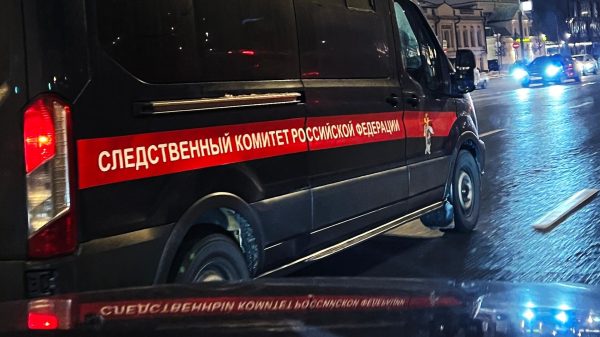


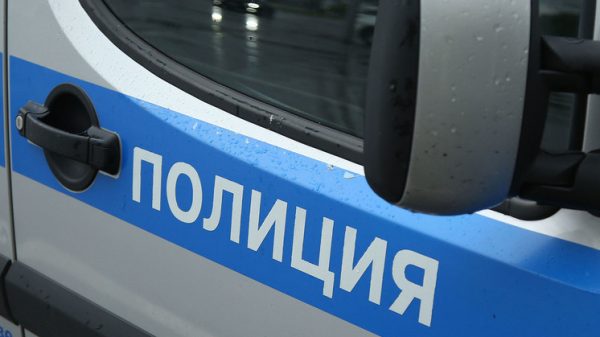
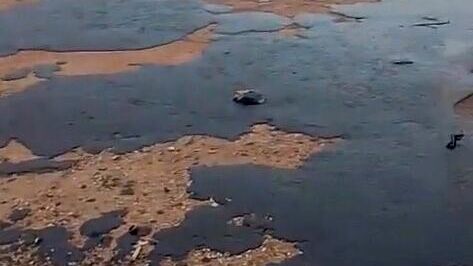
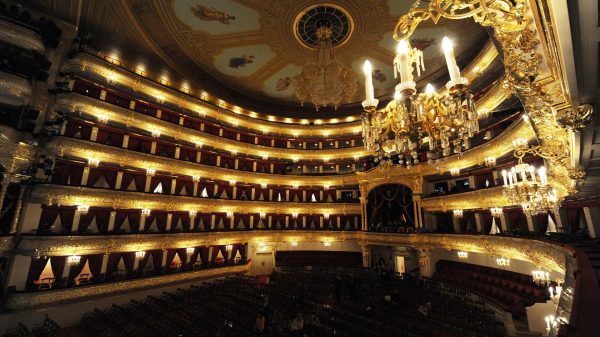
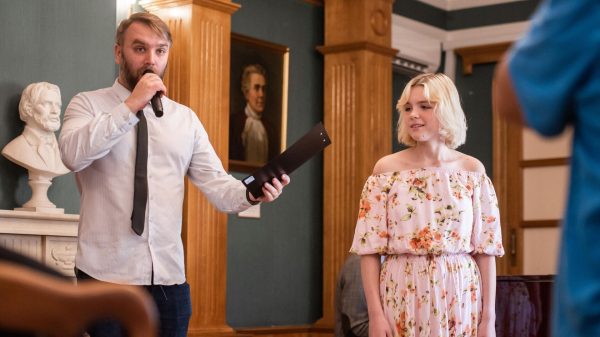
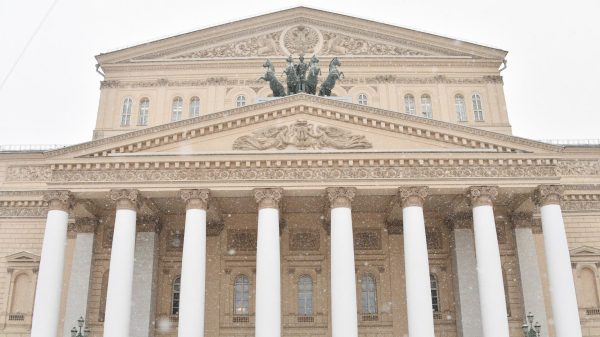
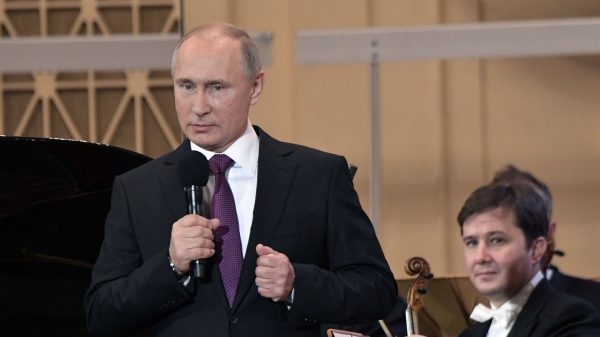
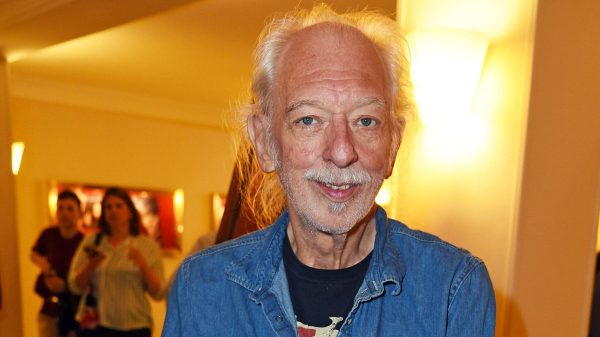
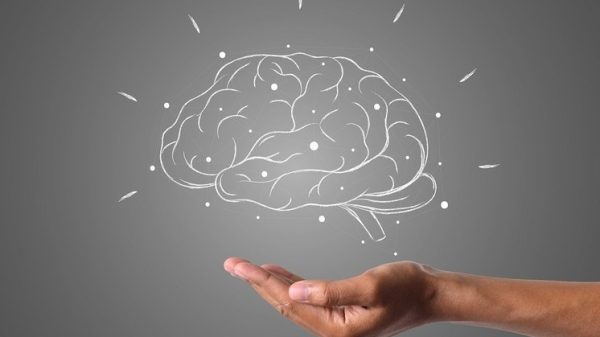
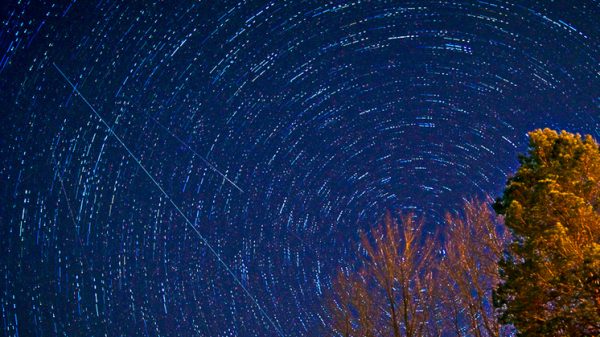
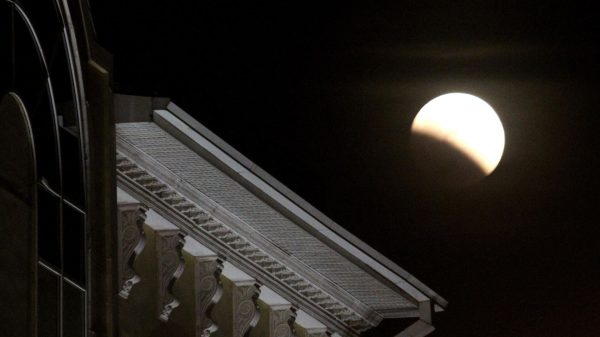


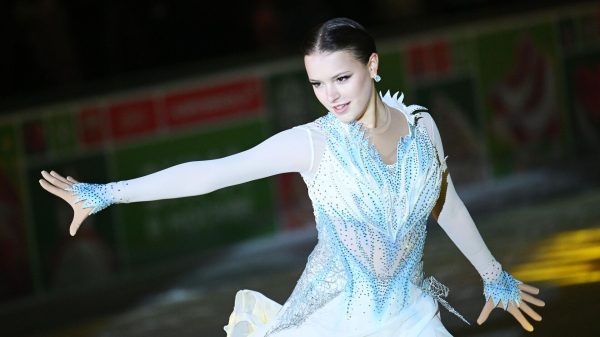


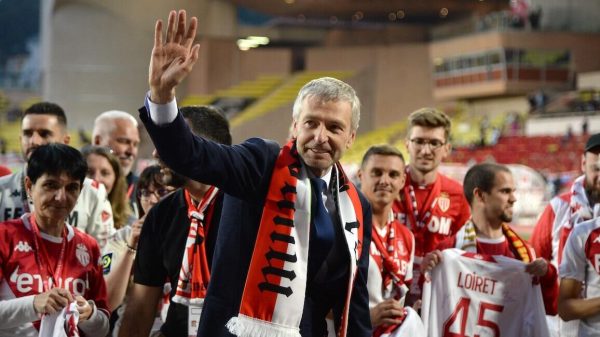

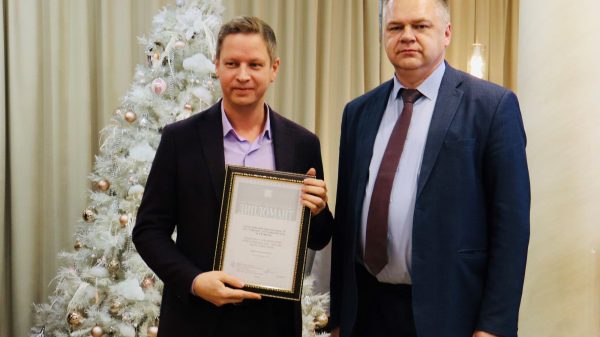




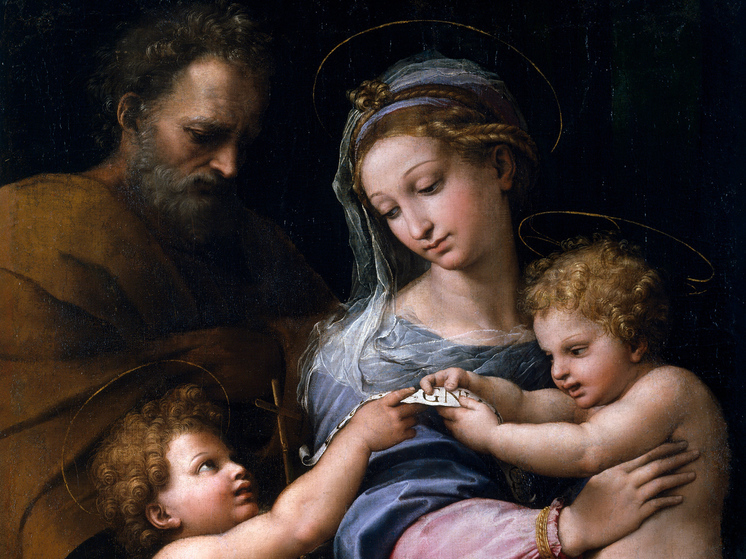
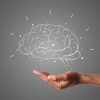



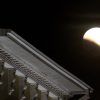

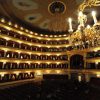









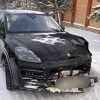





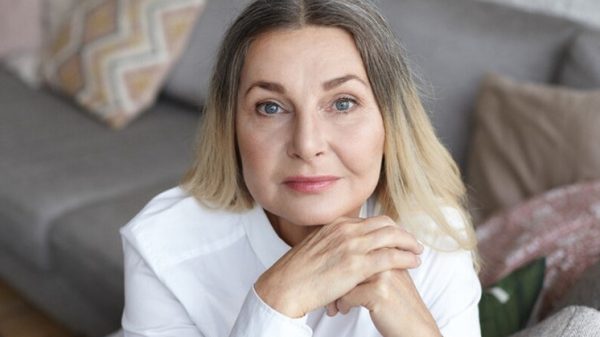
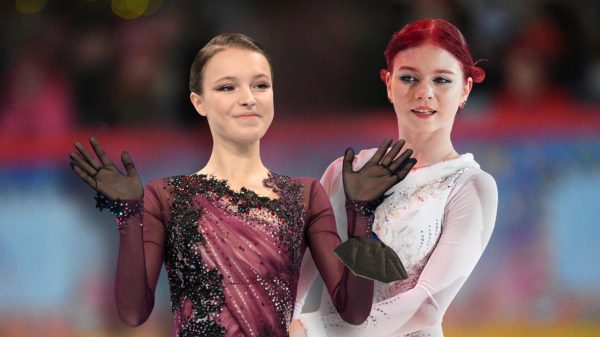
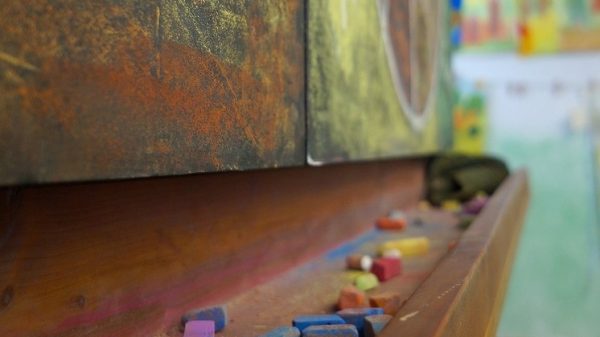
Свежие комментарии